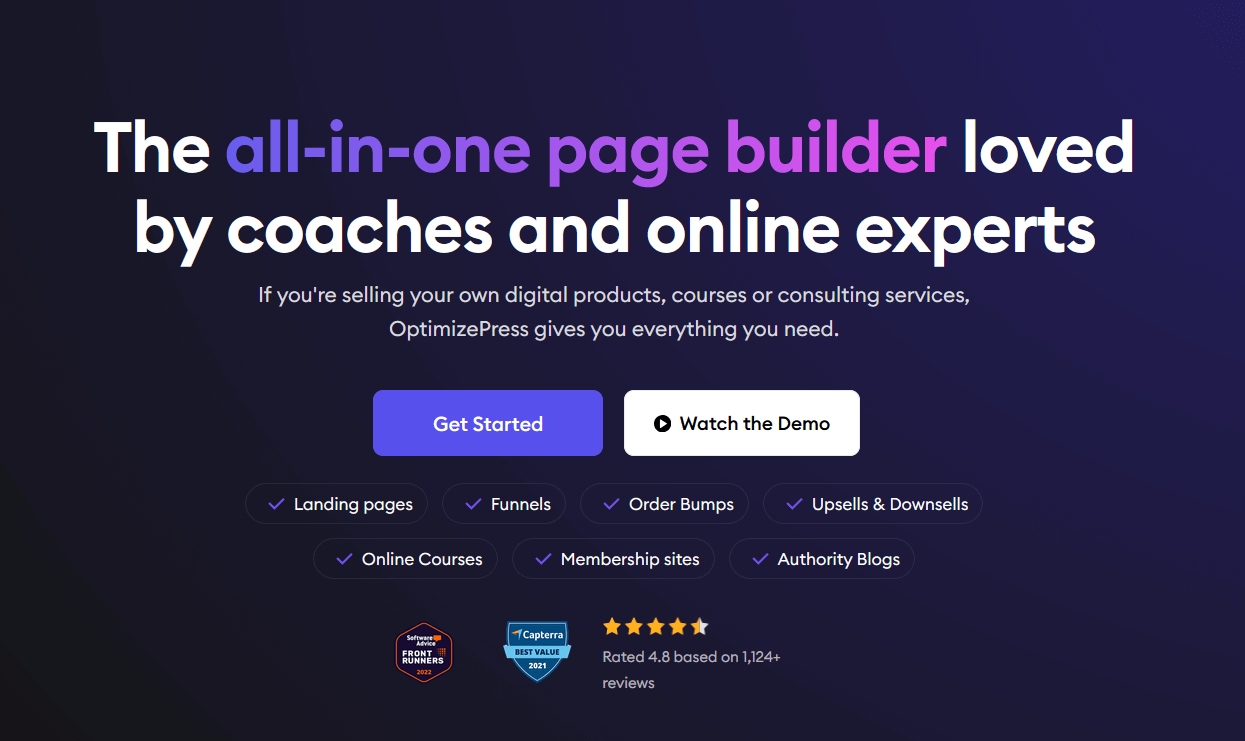The 30-Second Trap - Frameworks to Keep Readers Hooked

35% of readers bail in the first 30 seconds.
Brutal, right?
You’ve poured hours into your writing. Agonized over every line. Then bam, they’re gone before you even get a chance to say, “Hello.”
But here’s the thing: there’s a way to change that.
Those first seconds? They’re everything. That’s where readers decide—stay or go. So, while the ending’s important, it’s your intro that’s make-or-break.
So, What’s the Secret Sauce?
It’s not a mystery, really. There are frameworks for this.
What’s powerful about these frameworks? They’re backed by what readers naturally respond to: bold claims, intriguing stories, smart questions.
The article lays out nine proven intros, each designed to grab attention fast.
And they work. Every single one.
9 Intro Patterns to Keep Readers Hooked from the First Line
Let’s dig into a few of the most effective.
1. Identify a Problem
Start by describing a pain point that’s all too familiar.
It’s that moment readers think, “Yes, that’s exactly me!” When they feel understood, they’ll keep reading.
Get specific with the problem.
Don’t say, “Is your business struggling?” Say, “Are you putting in all the effort and feeling invisible? That soul-crushing feeling?”
And here’s the kicker—tease them with a solution.
Not the full answer, just a hint to keep them hooked.
Example: “Feeling invisible as a writer can be soul-destroying. After endless trial and error, I found a strategy that’s brought in 1,000 readers a day.”
2. What’s Happening Now
Use a current event or trend to show immediate relevance.
This appeals to readers’ sense of urgency and their need to know what’s happening right now.
But it’s got a shelf life—great for timely topics, but not for evergreen content.
Example: “With LinkedIn losing users and engagement falling, it’s time to ask: is it still the best platform for content creators?”
3. Metaphor Magic
Metaphors work like visual shortcuts. Instead of explaining an idea, a metaphor paints a picture that brings it to life.
But here’s the secret: it has to be relatable and simple. If readers have to work to get it, they’ll lose interest.
Example: “Sometimes writing feels like trying to light a fire with wet matches. No matter how hard you try, the spark just won’t catch. Here’s what I do to keep that flame alive.”
4. Ask a Question
Questions engage curiosity. They get readers to think, “What’s the answer?”
It’s like an invitation to join the conversation.
Just make sure it’s a question they want to know the answer to, and don’t give it away too soon.
Example: “Can you really make a living writing online? After studying the top creators, I’ve found five truths they all know.”
5. Shocking Stats
Stats are like little truth bombs. They’re hard facts that grab attention, and when they’re surprising, they make readers pause.
But don’t just throw in any number—choose a statistic that demands their attention.
Example: “Did you know the online creator economy is expected to double in the next three years? If you’re even a little interested in creating, now’s the time to start.”
6. Strong Statement
Nothing pulls readers in faster than a bold claim.
Go against the grain, challenge common beliefs, and make them think twice.
But make sure you believe in it—people can sense when a hot take is just for shock value.
Example: “Everyone tells you to start a newsletter to grow your audience. But guess what? It could actually be the worst move if you’re not ready.”
7. History or Past Event
History adds depth. It’s a way to start with context that feels different.
People love learning unexpected things, so a little-known fact or historical moment can set your writing apart.
Just make sure it ties directly to your topic.
Example: “In 1440, the printing press changed the world. But today, we’re living in a new publishing revolution—only this time, anyone can publish to the world with just a phone.”
8. Personal Story
There’s nothing like a personal story to make readers feel connected.
It’s intimate and reminds them there’s a real person behind the words. Keep it short and make it relatable.
They don’t want your entire life story—just a glimpse.
Example: “Last year, I was burned out, staring at a blank screen, creatively drained. If you’ve felt that same crushing feeling, here are five ways to get unstuck.”
9. Controversial Opinion
A controversial opinion is a high-stakes move but effective.
It grabs attention because it’s unexpected. People are drawn to a hot take and will keep reading just to see where you go with it.
But it’s risky—don’t be controversial just for clicks; it has to be genuine.
Example: “Writing for money will kill your passion. Everyone says to monetize your writing, but here’s why you should write for joy instead.”
Which Intro Style is Right for You?
The right intro depends on who you’re talking to and what you’re writing about.
A personal story might work wonders for a blog post, while a shocking statistic could be ideal for data-driven content.
So, experiment.
But remember—don’t get lost in the intro. The rest of your content has to deliver, too.



